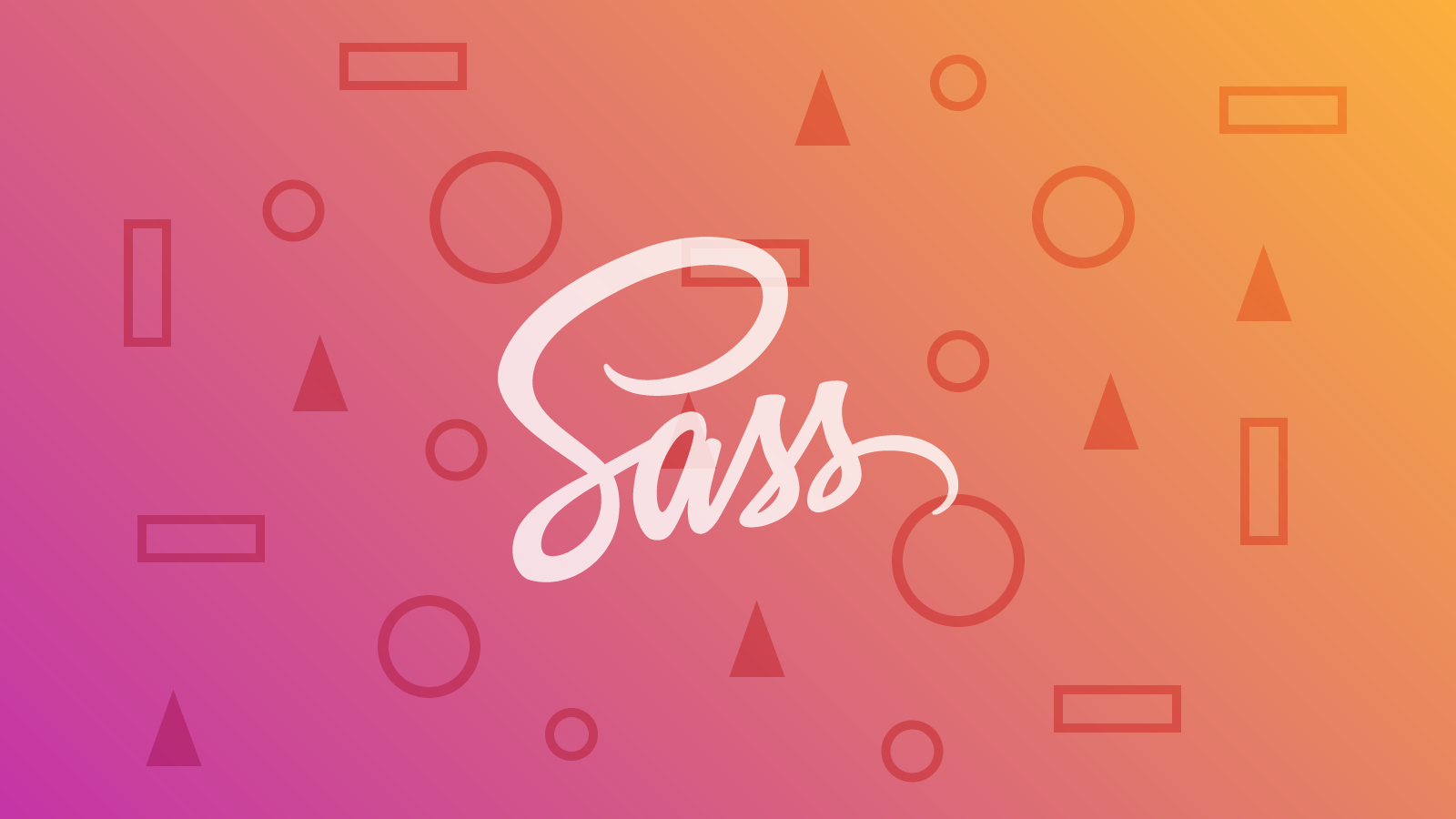
In the previous two articles we went through configuring a project starter repository using NPM scripts and Parcel. I tend to employ more or less the same Sass architecture for every project, so I want my boilerplate to include the SCSS files and folders I need to get started writing code straight away. This is my preferred architecture, loosely based on Harry Roberts’ ITCSS (Inverted Triangle CSS), and our boilerplate at my previous agency, Mud:
-
Config This typically contains three files: It’s where I define all the Sass variables, mixins and function for use throughout the project. I generally use a single file for my variables, covering breakpoints, colours, spacing and anything else. But there’s no reason the variables file couldn’t be broken up into several files, which might be a good idea for large projects.
-
Base Pretty much everything in here involves writing styles on element selectors, rather than classes. It includes any resets (e.g.
* { box-sizing: border-box; }), and base styles for typography and form elements, some of which may be over-ridden at the component level later on. -
Objects Any small, reusable pieces of UI, which could appear in multiple components, belong here. I start with a buttons.scss file because, well, pretty much every project has buttons! But I only tend to add others when I need them.
-
Globals I like to keep any components that will be used on every page, such as the header and footer, in a separate folder from the rest of the components. I also add generic layout classes in here – if I have a grid that I want to use in a lot of places, for example. I prefer to use classes rather than mixins for those, as it’s one fewer level of abstraction.
-
Components This is for the larger chunks of UI, such as hero sections, cards, media objects and more. It’s where the bulk of my CSS will be written, but I leave it empty to begin with so that I can add individual component files as and when I need them.
-
Utilities This is for single-purpose, reuseable atomic (or utility) classes that could be applied to any element. E.g. The following could be used to set vertical padding on all elements that have this class applied:
.padding-v {
padding-top: var(--pad);
padding-bottom: var(--pad);
}I tend not to use too many of these, so I’m going to leave this file empty until I need it.
So, to finish off our project starter, I’m going to add the following file structure to the src/scss directory:
01-config
_variables.scss
_functions.scss
_mixins.scss
02-base
_resets.scss
_typography.scss
_forms.scss
03-objects
_buttons.scss
04-globals
_header.scss
_footer.scss
_layout.scss
05-components
06-utilities
You might notice each folder has a numerical prefix – this is so that when viewed in the file system the visual order will reflect the import order. This will make it much quicker and easier to find the file I want, and will help avoid any confusion.
It’s likely you’ll have your own preferred Sass architecture, so I would recommend adding at least a basic folder structure to your boilerplate – or feel free to tweak this one. Even if you use an atomic CSS framework (like Tailwind), the chances are you might need to write some CSS yourself, so having the architecture in place makes sense.
Conclusion
This concludes the mini-series on A Modern Front-end Workflow. We’ve learnt about installing NPM packages, writing scripts to run tasks, using Parcel for easier automation, and adding a basic Sass architecture. This starter repository includes everything we covered. Feel free to clone it or fork it – and add to it – for your own projects.
See other articles in this series
Webmentions for this page
About webmentionsLikes: 0
Reposts: 0
Mentions: 4